|
January
|
February
|
March
|
April
|
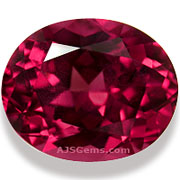 |
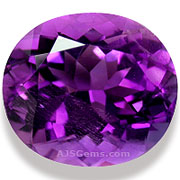 |
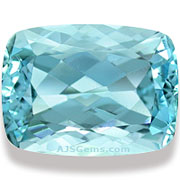 |
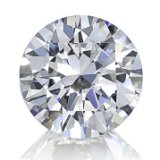 |
|
|
|
May
|
June
|
July
|
August
|
 |
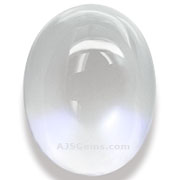 |
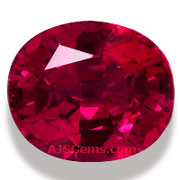 |
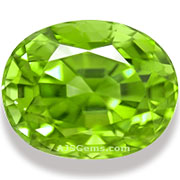 |
|
September
|
October
|
November
|
December
|
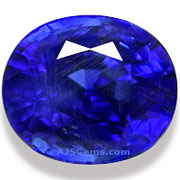 |
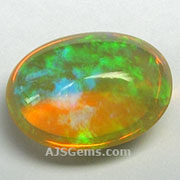 |
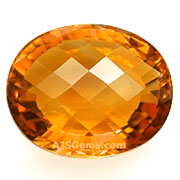 |
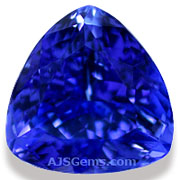 |
Scholars trace the origin of birthstones back to the Breastplate of Aaron described in the Bible in the book of Exodus. The Breastplate was a religious garment set with twelve gemstones that represented the twelve tribes of Israel. The gems were set in four rows of three: sardius, topaz and carbuncle; emerald, sapphire and diamond; ligure, agate and amethyst; and beryl, onyx and jasper.
But it's not obvious how we moved from gemstones representing the twelve tribes of Israel to birthstones. In fact the connection began through astrological speculation. The writings of Flavius Josephus (1st century AD) and St. Jerome (fifth century AD) were the first to make the connection between the twelve stones in the Breastplate and the twelve signs of the zodiac. The idea was proposed that each of the gemstones had special powers associated with the corresponding astrological sign, and that wearing these stones at the right time would have therapeutic or talismanic benefits.
But this was not quite the same idea as our concept of the birthstone. Based on this astrological model, one ought to own a collection of the twelve different gemstones assigned to the signs of the zodiac, and wear the appropriate gem during the ascendancy of the corresponding sign. This is more like the Vedic astrological tradition of India, which assigns nine different gemstones to nine planets, and prescribes the wearing of particular gems according to your health and the challenges you face in your life.
The idea of each person always wearing a gemstone corresponding to the month of his or her birth is a distinctly modern idea that scholars trace to 18th century Poland, with the arrival of Jewish gem traders in the region. But the modern list of birthstones was not defined until 1912, by the National Association of Jewelers (Jewelers of America) in the USA.
The modern birthstone list has been unchanged since 1912. Only recently have we seen two attempts to change it, both curiously associated with the gemstone tanzanite. In 2002 the American Gem Trade Association (AGTA) announced that they had added tanzanite as a birthstone for December, though December already had two birthstones (turquoise and zircon). The Jewelers of America went along with the idea and provided this sound bite for the AGTA press releases: "JA sees the addition of tanzanite for December as a way to build business. Any step that helps retailers sell more jewelry is a good one." The world had clearly come a long way from the purported magical powers of astrological gemstones.